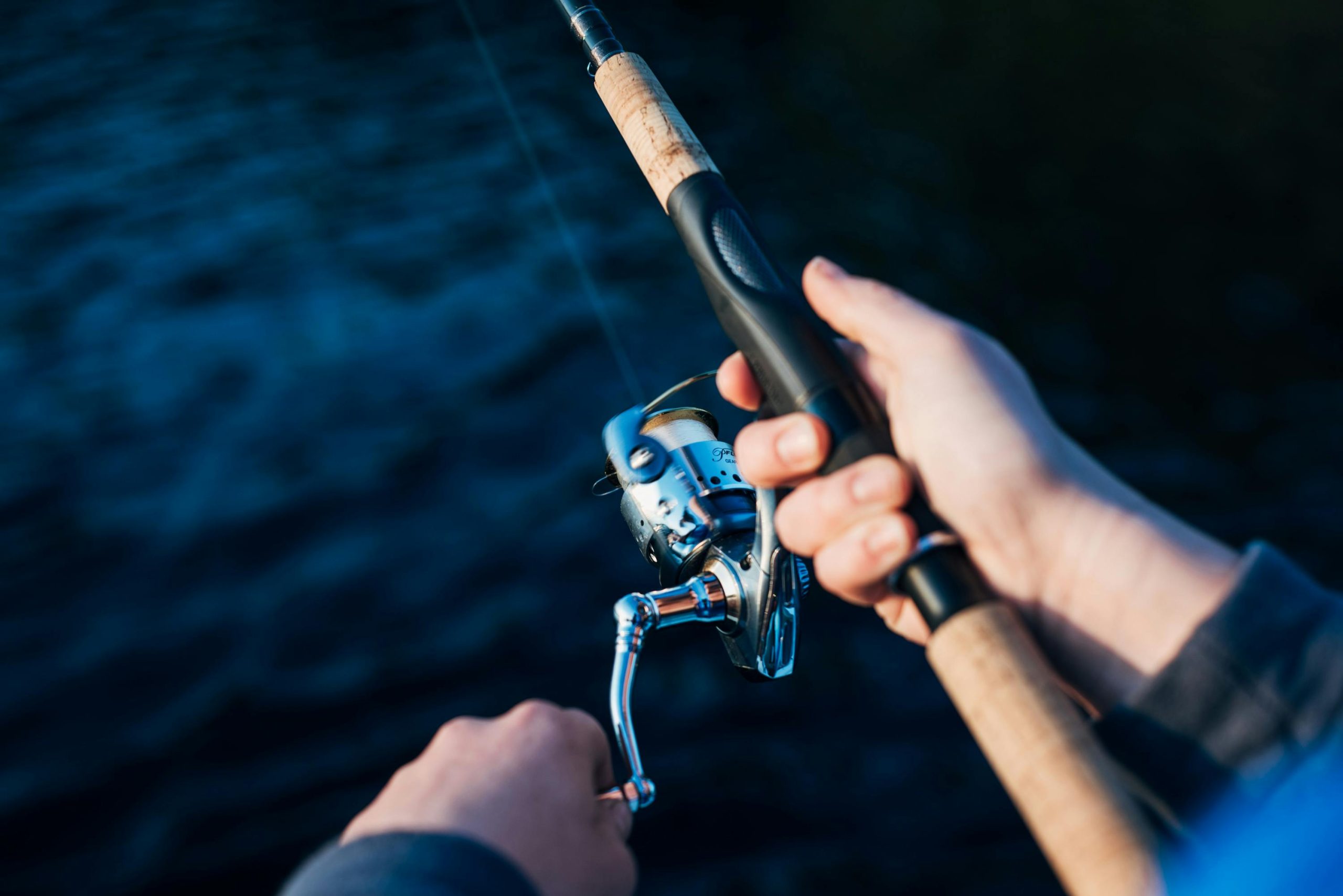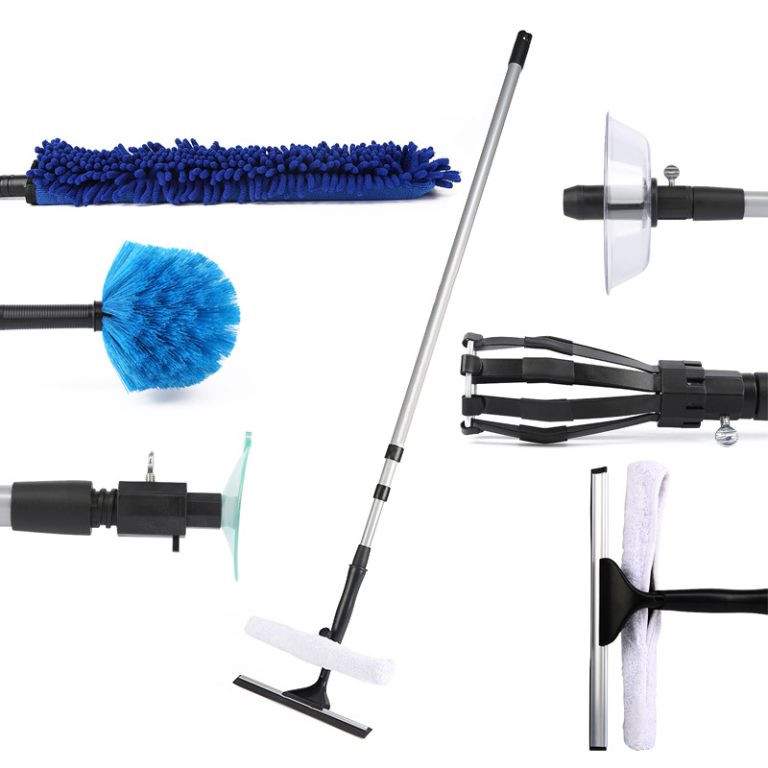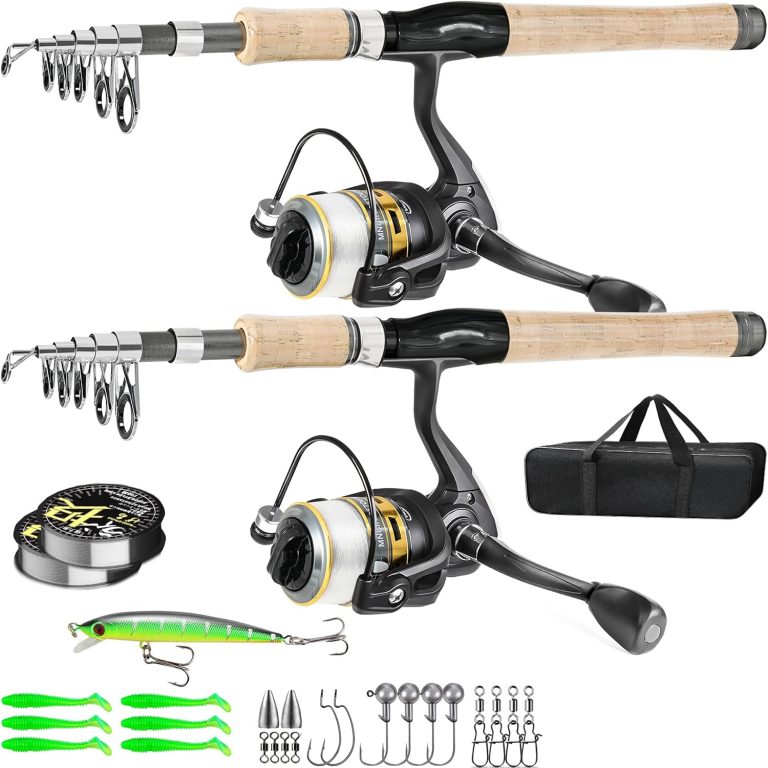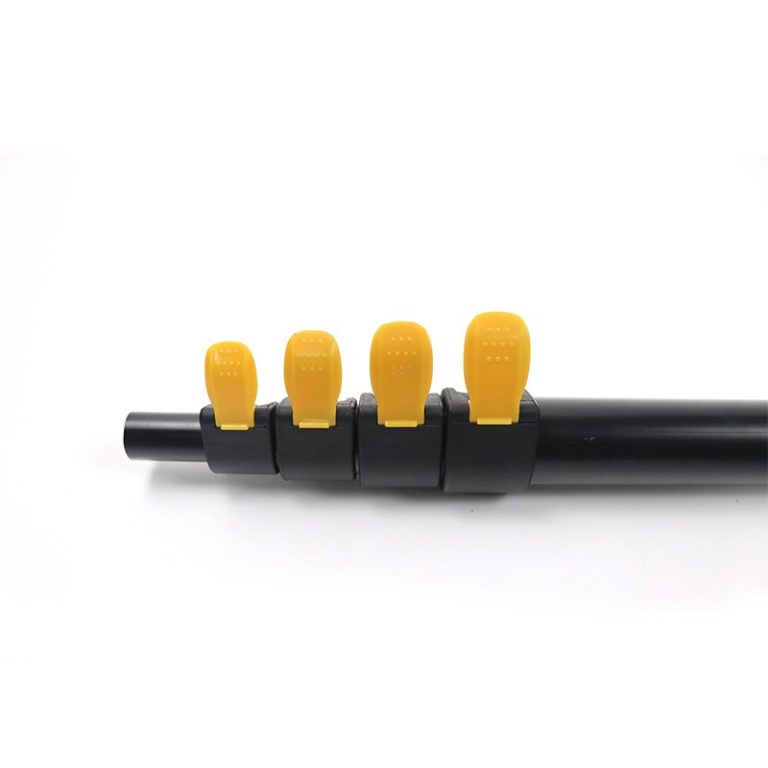Are there any special maintenance requirements for telescopic fishing poles?
Telescopic fishing poles offer anglers convenience and versatility, but like any piece of fishing equipment, they need proper maintenance to ensure longevity and peak performance. Here are some special maintenance requirements for telescopic fishing poles:
Cleaning
After Each Use
After every fishing trip, it’s crucial to clean your telescopic fishing pole. Saltwater, freshwater, dirt, and fish slime can all accumulate on the pole, which over time can cause corrosion, especially if the pole is made of metal components. Use a soft, damp cloth to wipe down the entire length of the pole, paying special attention to the joints between the telescopic sections. For stubborn dirt or fish residue, you can use a mild soap solution. However, make sure to rinse the pole thoroughly with clean water afterward to remove any soap residue, as it can attract more dirt.
If you’ve been fishing in saltwater, the cleaning process is even more critical. Salt is highly corrosive and can quickly damage the pole. Rinse the pole under running freshwater for several minutes to ensure all the salt is removed. You can also use a soft – bristle brush to gently scrub the joints and any hard – to – reach areas.
Deep Cleaning Periodically
In addition to the post – use wipe – down, perform a deep cleaning on a regular basis, perhaps once every few months. Disassemble the pole if possible (check the manufacturer’s instructions first). This allows you to clean the inner sections as well. Use a small amount of fishing – pole – specific cleaner or a mixture of warm water and a few drops of mild dish soap. Apply the solution to a soft cloth or a small brush and carefully clean the inside of each telescopic section. This helps remove any built – up debris, sand, or moisture that could affect the smooth operation of the pole.
Lubrication
Choose the Right Lubricant
The joints of a telescopic fishing pole need to be lubricated regularly to ensure smooth extension and retraction. Use a high – quality, fishing – pole – specific lubricant. These lubricants are designed to withstand the rigors of fishing, including exposure to water, salt, and temperature changes. Avoid using general – purpose lubricants like WD – 40, as they may attract dirt and debris, which can actually cause more problems in the long run.
Application Method
Apply the lubricant sparingly to the joints of the telescopic sections. You can use a small brush or the applicator tip of the lubricant bottle to carefully apply the lubricant. Make sure to cover all the moving parts of the joints. After applying the lubricant, extend and retract the pole several times to distribute the lubricant evenly. This helps reduce friction and prevents the joints from sticking or jamming.
Inspection for Damage
Visual Checks
Before and after each use, conduct a thorough visual inspection of your telescopic fishing pole. Look for any signs of cracks, dents, or bends. Cracks can weaken the pole and may lead to a sudden break while fishing, which can be not only frustrating but also dangerous if the broken parts fly off. Even a small crack should be taken seriously. Dents can affect the alignment of the telescopic sections, making it difficult to extend or retract the pole smoothly. Bends can change the balance of the pole and affect your casting accuracy.
Examine the joints closely. Check for any signs of wear, such as loose fittings or excessive play. Loose joints can cause the pole to wobble, which affects your control and the overall performance of the pole. Also, inspect the tip of the pole for any signs of damage, as this is where the line is attached and is often subject to stress.
Functionality Testing
Along with the visual inspection, test the functionality of the pole. Extend and retract the pole fully to ensure that the process is smooth. If you notice any resistance, sticking, or unusual noises, it could be a sign of a problem. For example, a clicking or grinding sound during extension or retraction may indicate that there is debris inside the pole or that a component is damaged. In such cases, stop using the pole immediately and investigate the issue further.
Storage
Proper Storage Location
Store your telescopic fishing pole in a dry, cool place. Moisture can cause rusting, especially if the pole has metal components. If you live in a humid area, consider using a dehumidifier in the storage area or storing the pole in a sealed plastic bag with a desiccant pack. Avoid storing the pole in direct sunlight, as prolonged exposure to UV rays can cause the materials, especially plastics and paints, to degrade over time.
Choose a storage location where the pole will not be knocked over or damaged. If possible, store it vertically on a wall – mounted rack or in a corner where it is less likely to be bumped. Laying the pole flat on the floor can make it more prone to being stepped on or having heavy objects dropped on it.
Collapsing and Securing
When storing the telescopic fishing pole, collapse it to its shortest length, if applicable. This reduces the risk of damage to the extended sections. Some poles have a locking mechanism for storage; make sure to engage this mechanism to keep the pole in its collapsed state. If your pole doesn’t have a dedicated storage lock, you can use a cable tie or a bungee cord to secure the collapsed sections together gently. This helps prevent the sections from accidentally extending and potentially getting damaged.
In conclusion, by following these special maintenance requirements for telescopic fishing poles, you can keep your pole in excellent condition, ensuring many successful fishing trips in the future. Regular cleaning, lubrication, inspection, and proper storage are the keys to maintaining the performance and longevity of your telescopic fishing pole.



